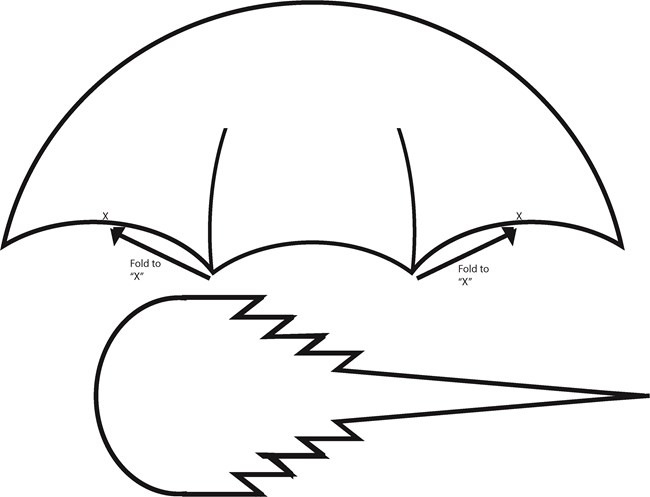|
Horseshoe crabs play an important role in the marine ecosystem found at Cape Cod National Seashore. Fossilized records of horseshoe crabs date back roughly 450 million years, meaning they are older than the dinosaurs! Visitors at Cape Cod National Seashore look forward to spring and summer, when horseshoe crabs move to the shallower waters, making themselves more visible. Learn more about them and build your own at home with the video below!
Transcript
Action!
Okay, Okay, Cut Hey guys, my name is Ranger Olivia and today were at Cape Cod National Seashore. To describe where were at a little bit, were at the edge of a marsh, lined with trees, we've got some nice calm blue water to our right. So today, we're here because I want to talk about one of the most unique creatures that we have here. There blood is blue, their used in medical practices today, and their older then the dinosaurs. Today we're going to be talking about Horseshoe Crabs. Horseshoe Crabs are shaped like a horseshoe, hence their name, but their actually not crabs. Their more closely related to spiders. Horseshoe Crabs have a hard outer shell, that's called an exoskeleton. And that is shed, as they grow, and that's called a molt. Often times when your walking up and down the beach you'll see these molts, and it just shows that these Horseshoe Crabs are growing. Here we are, at the channel at Salt Pond, and we found a Horseshoe Crab right here. When ever you find one, its very important not to pick them up by the tail. This guys about a foot long. And dark green and black in color. When you pick him up be very gentle and use both hands. You can carefully turn him over like this. The tail looks sharp and poisonous and scary, but its actually used to help tip him over. And again the legs look scary, but he's not going to pinch or hurt us. Its really cool if you look inside, its this dark brown and amber color and the legs are kind of, crawling around, trying to right itself. Like the tail here. One of the way Horseshoe Crabs will protect themselves is by burrowing down into the sand, like this guy here, I almost missed him. You can see his tail and then you can see his dark color just hiding beneath the surface. They can get dried out if their stuck outside of the water for too long, so this guy is preparing for the low tide and hiding out down here. Horseshoe Crabs are more then 450 million years old. Some people refer to them as, "living fossils" because their fossil records show them to be about the same as they are today. In today's medicine, pharmaceutical companies will use their blue blood to test the safety of new vaccines and medicine. The population of these really unique and often times called "one of a kind" creatures is sadly in decline due to over harvesting, bio medical testing, and use as bait. Now that we've learned a little bit about Horseshoe Crabs, lets make our own. So to start we'll use some scizzors, tape, or a stapler, which ever you prefer. A marker or a pen, which ever you have. Our template in the link below, that you'll print out, and then some construction paper. Brown, grey, and black is closest to a Horseshoe Crab, but you can use any color you want. Alright, lets get started. To start, we will cut out the template, that you had printed out. Make sure to cut on all the lines, including the small creases. And then of course every Horseshoe Crab is shaped differently, so its okay if you are a little off. Cut those out and then we will trace it onto our construction paper, including the little "x" marks where we will fold over. So trace the entire thing and then we will now cut that out, and this will be our Horseshoe Crab. So cut out all the lines, including the two slits, and then we will cut out the tail piece as well. Next, we're going to take the top piece, the body, um, flip it over, its okay if you have marker marks because we can tip it over so no one can see those. We'll take our tape or staples, whichever you have and we'll fold it over to the "x" mark, to give it that 3-D shape. Then you can put the tape on the underside so no one can see it and we'll do it with the other side as well, so just fold it over to the "x" that we had copied over earlier and we'll tape that down to get that 3-D shape. Perfect. And then we will get our tail piece, and again you can put it upside down, so no one can see the marker marks and we'll take a piece of tape and attach it to the underside of the carapace, which is the top shell. Look at that! It looks great! You can also decorate it, like I did here, coloring in the eyes and adding some snails and barnacles as well. Now that we've made our own Horseshoe Crabs, they look great, I think its important to remember what we learned today about these really unique creatures, and that they are worthy of preservation. I'm Ranger Olivia, and I'll see you next time.
Visit our keyboard shortcuts docs for details
Join ranger Olivia to learn about Horseshoe Crabs, and build your own at home!
Materials needed: Scissors Tape or stapler Marker or pen Construction paper (Brown, grey or black) Template (See Below) 
For more information about horseshoe crabs at Cape Cod National Seashore For more activities at home |
Last updated: April 14, 2022
